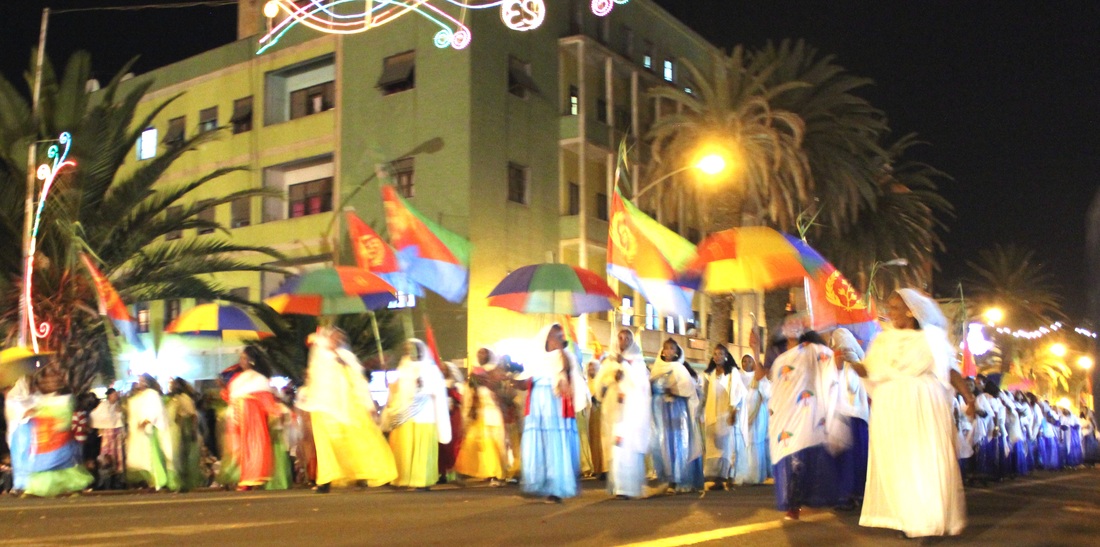Thomas Gaist
American military forces launched combat actions in the East African country of Somalia on Tuesday, destroying at least three military vehicles manned by fighters with the militia group al-Shabab.
US personnel provided “defensive fire,” including salvos of helicopter-based missiles, during fighting near an African Union (AU) checkpoint manned by Ugandan troops.
The US troops, who are deployed to Somalia as “advisors” to the African Union AMISOM force, engaged in other combat operations earlier this week, carrying out a raid against the Somali village of Toratorow. They have been operating from their headquarters inside the fortress-like international airport in the Somali capital of Mogadishu, where they have organized a special proxy unit known as the “Lightning.”
The announcement that there are American “boots on the ground” in Somalia, comes within days of revelations that the US has been waging secret “small wars” in Libya and Yemen. The White House is now considering options drawn up by the Pentagon for expanded attacks against Libya.
Washington is preparing to launch or deepen an array of similar interventions throughout sub-Saharan Africa, where the US military’s Africa Command (AFRICOM) is currently examining a dozen locations for new bases. More than 6,000 American Special Operations soldiers are active in at least 26 separate locations throughout the continent. AFRICOM plans to relocate its central command, originally based in Germany in an effort to dampen accusations of neocolonialism, to an undisclosed site on the continent, with Morocco rumored as the leading choice.
In the countries bordering the Lake Chad Basin, recently described as “ground zero for Islamic State in Africa” by AFRICOM’s top special forces officer, the Pentagon is opening an entire new regional war theater, deploying hundreds of ground troops and commando teams to Cameroon and Nigeria and establishing a new drone base in Niger.
Since coming to power with backing from the White House, Nigerian President Muhammadu Buhari has imposed military rule in the northern provinces and carried out brutal atrocities against the civilian population, including the massacre of hundreds of Shia minorities by regular army units early this year.
Buhari has sought to place the Nigerian government fully in line with the US “war on terror,” purging the state of officials and military officers from the previous administration of President Goodluck Jonathan, which fell afoul of Washington due to the growth of Chinese influence in the Nigerian economy.
“Buhari made clear from the get-go that his number one priority was reforming the military to defeat Boko Haram,” a US official told Reuters Tuesday.
“He sees us as part of that solution,” he said.
The US plans to train two Nigerian infantry battalions by the end of the year. The Obama administration authorized deployment of a fleet of F-16 fighters to Nigeria, the largest oil producer in Africa, earlier this month.
The F-16 jets, as the Atlantic Council’s Africa Center director J. Peter Pham noted, are only used against “mass forces in a conventional war.”
Such remarks must be taken as grave warnings to the African and international working class. Throughout Africa, as in Eastern Europe and Asia, major land battles and set-piece warfare of the type that laid waste to much of the planet during the 20th century are once again being prepared.
Just as in Iraq and Syria, the Pentagon’s intervention in Nigeria, justified in the name of combating a Boko Haram militia that, as Pham admits, “does not even control any towns or villages,” is presented as an “advise and assist” operation, but is being used to employ military force to assert US hegemony.
The US Army is preparing to intervene throughout Africa. AFRICOM plans to deploy troops against “ISIS in the north, Al Shabab in the east and Boko Haram and A.Q.I.M. in the center and the west,” US General Darryl Williams said Monday.
“We’re building these relationships so that if called in, we can respond,” Williams said.
Forty leading US and African generals are meeting for the African Land Forces Summit. The summit, hosted by Tanzanian Land Force Commander, General James Aloisi Mwakibolwa, saw Botswana’s military receive special praise for its close collaboration with US ground units through the National Guard State Partnership Program during remarks by US General Gregory Lusk.
Not only in Africa but in Europe and Asia, the US Army is preparing “to fight higher-end, great-power conflicts,” as the New York Times reported Monday. Speaking to the Times in Tanzania, General Mark Milley warned that training for US National Guard troops would have to be stepped up because, “I do not think we will have the luxury of four or five months lead time” to deploy them for battle.
Under the false pretext of fighting terrorism, US imperialism is striving to secure its hegemony over Africa, launching ever more wars of aggression in an effort to exclude the European colonial powers from their former spheres of influence.
That the new scramble for Africa will contribute to the increasingly explosive divisions within the NATO alliance was underscored earlier this month with the recent signing of a US-Senegal pact that authorizes deployment of more US forces to the former French dominion.
In an effort to seize hold of the lion’s share of the continent’s wealth and deny access to its strategic resources to its main competitors on the world stage, American imperialism is preparing new and unprecedented crimes against the poorest continent on Earth.
